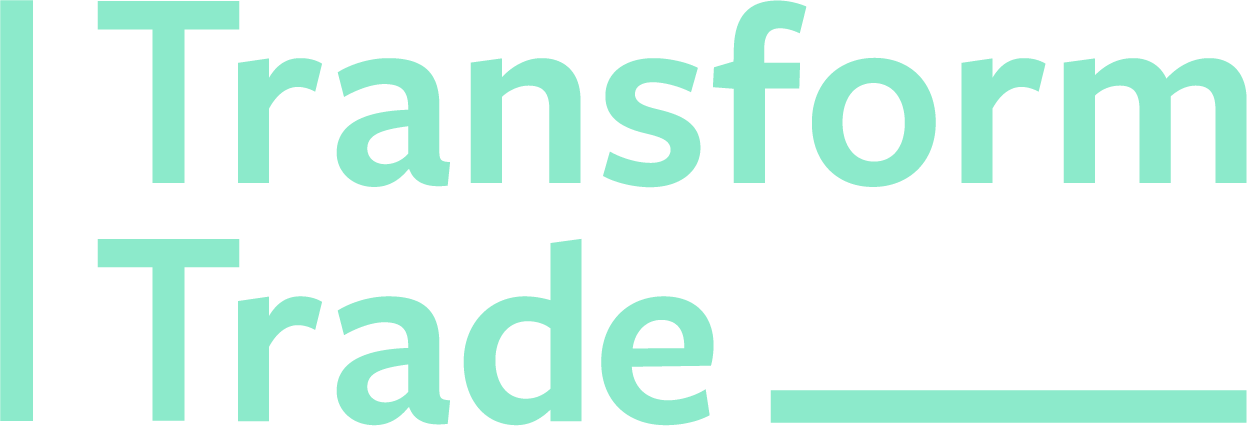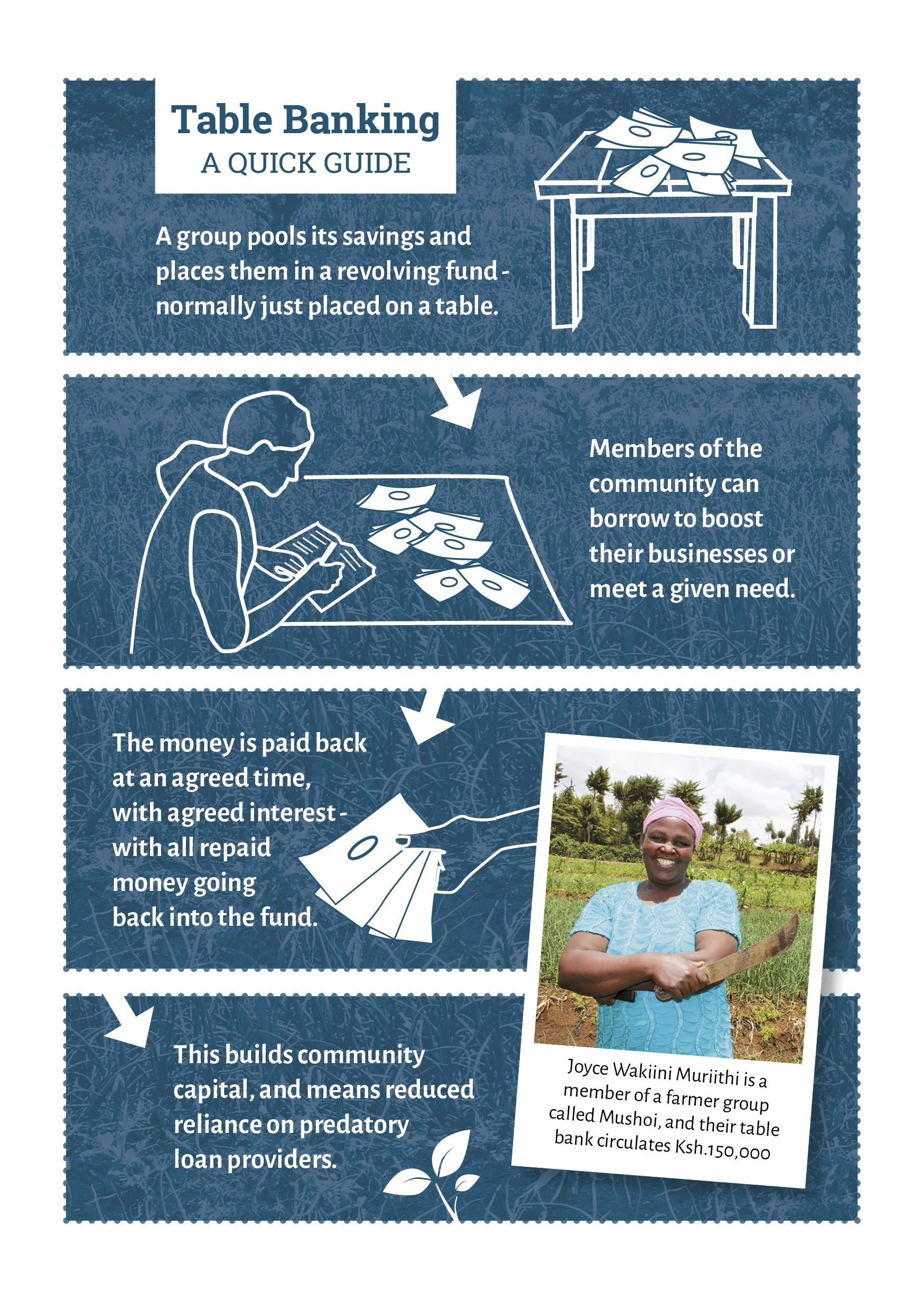Table banking explained: how communities in East Africa are saving for the future
What do you do when you need a loan to kickstart your business and provide for your family but the only way to borrow money comes at an interest rate of 500%?
You put your money on the table.
Take a look at the simple system that communities in rural Kenya are using to fight back against the threat of loan sharks:
For farmers in rural Kenya like Joyce, unexpected events, like a drought or a flash flood, can wipe out a harvest. Taking loans via mobile apps to get back on your feet is common in Joyce’s community, but these apps charge extortive interest – up to 500%.
But Joyce and her community have found a way to take control of their own savings – and fight back against exploitative loan practices.
“How it (table banking) works is, you are allowed to borrow for three months at 10% interest per month."
All of this interest goes back into the shared fund, growing the amount of capital the group owns together and can draw from in emergencies.All members save 50 Kenyan shillings per month, “So our savings just keep growing.” Joyce explains.
For communities in rural Kenya,savings make the difference between being able to get back on your feet after a run of bad luck or falling into long term debt. They give farmers a chance to invest – to turn their small farms into strong businesses.
They help people like Joyce become entrepreneurs – and have the confidence and security to set their own terms and prices.
This Easter, we are asking you to stand in solidarity with farmers like Joyce – will you put your money on the table too, and invest in a brighter future?

